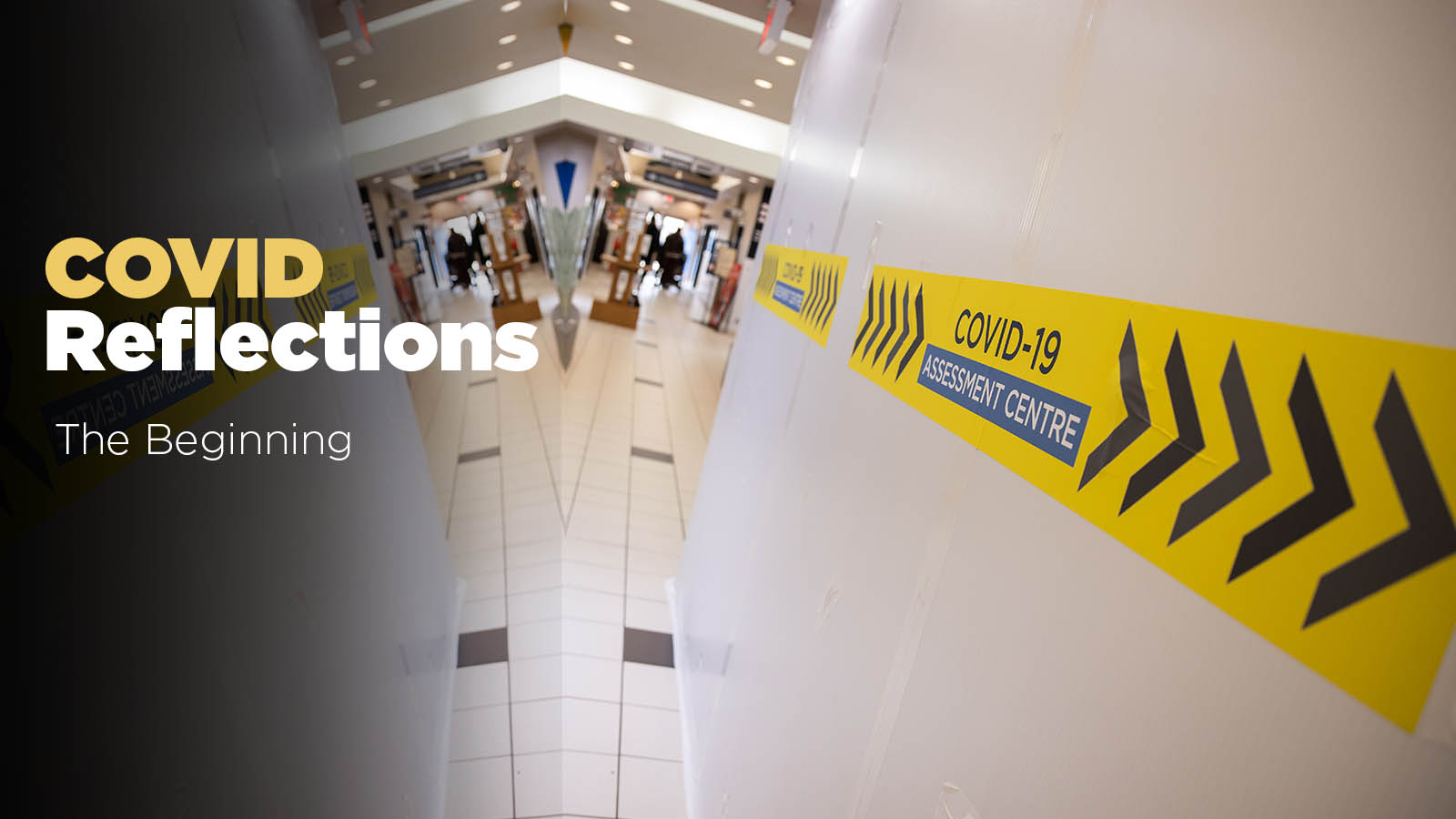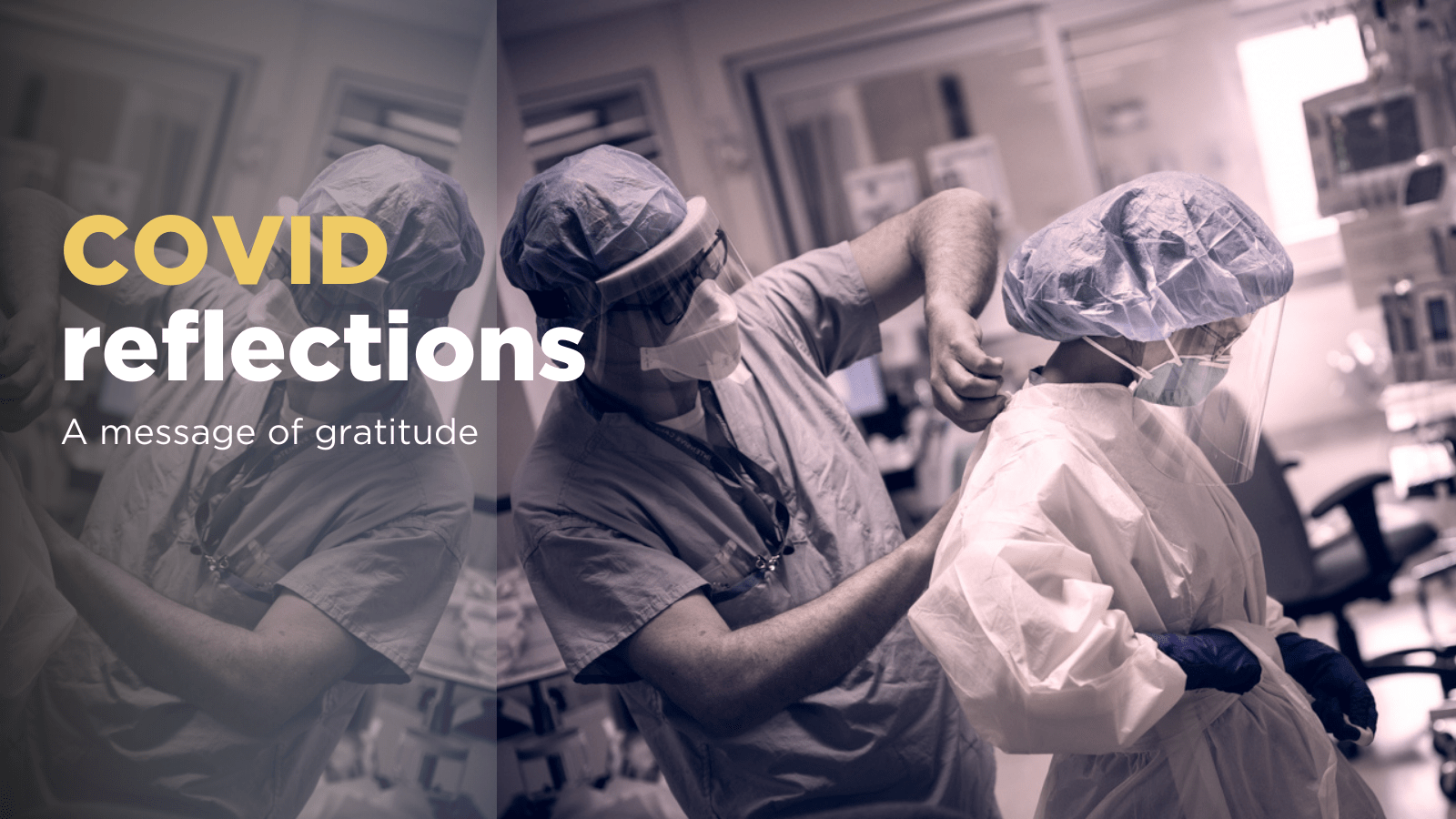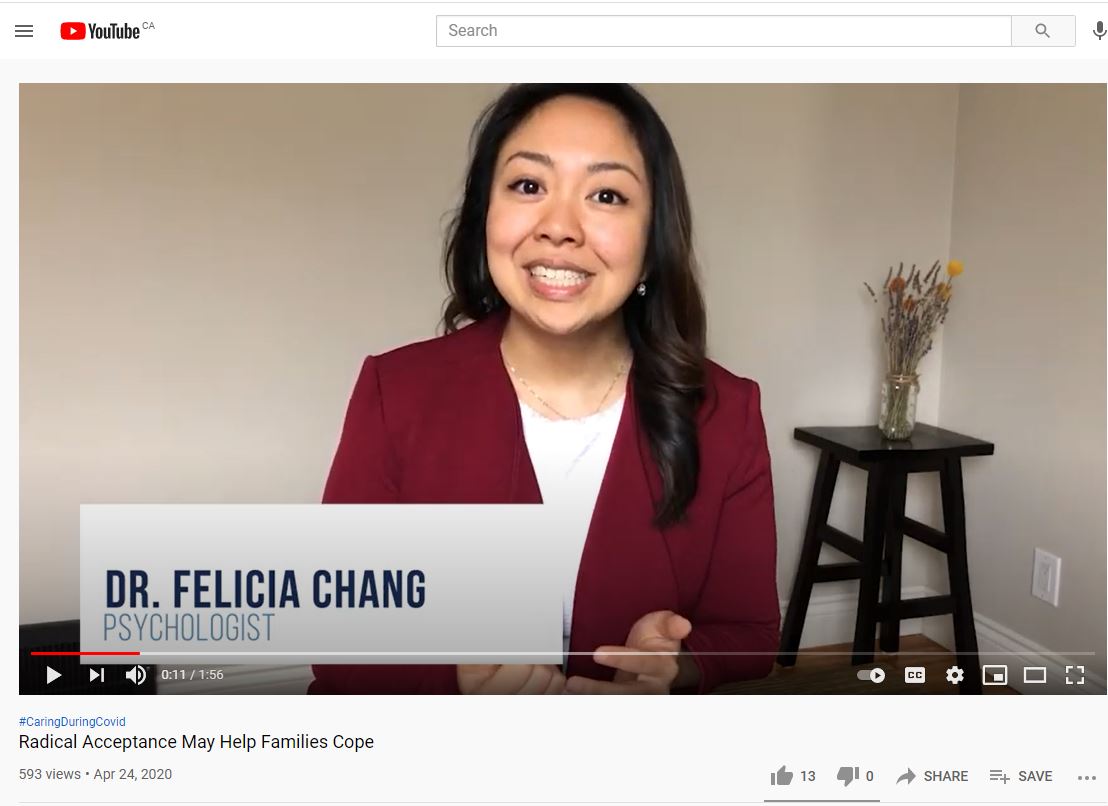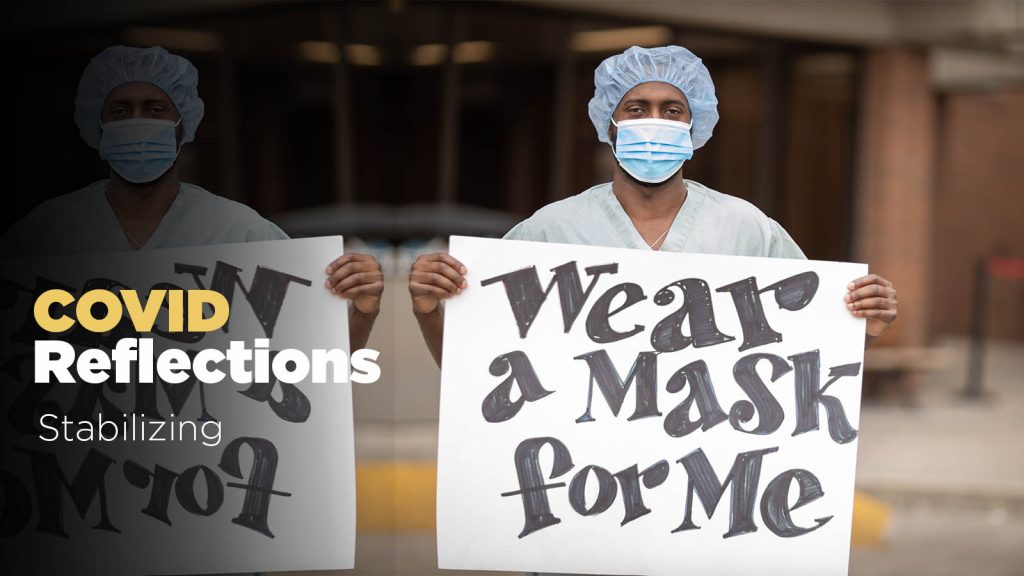
COVID Reflections: Stabilizing
March 11 marked the passage of one year since the World Health Organization declared a global pandemic for COVID-19. HHS is commemorating this time by acknowledging the heroic efforts and achievements of our workforce in response to this pandemic. We also recognize the challenges, loss and grief of this past year and extend our deepest condolences to those who have lost loved ones during this time.
These stories highlight milestones over the past year in our organization’s fight against the disease and for our community. This is chapter 2 of 4.
Stabilizing spring and summer
Throughout the first wave of the pandemic, Hamilton Health Sciences (HHS) staff and physicians leapt into providing COVID care for our community. As case numbers began to decline in late spring and understanding of the virus grew, there was a sense that the situation was stabilizing – at least for the time being.
By the end of May, infections had dropped enough to start gradually reopening hospital services that had been paused since mid-March. Limited visitors were allowed back at HHS sites, with new policies in place to maximize safety. HHS continued to focus on clinical care and also providing mental health supports to get through what was now looking like a very long haul. In particular, HHS provided information about how children could safely return to school for parents about to make that decision.
Thank you to our community
Personal protective equipment (PPE) supply stabilized as well, thanks in part to community support and partnerships.
The community also showed gratitude for HHS efforts with a generous outpouring of offers of food, handmade signs in windows, and through financial donations to help fight the pandemic.

Sam Zarzuela
“Everyone at HHS is awed by the tremendous support shown by the community,” says Sam Zarzuela, corporate procurement clinical specialist. “In particular, donations of PPE were a concrete illustration of the togetherness that is so evident among Ontarians currently. HHS staff and physicians appreciate the availability of PPE that helps them stay safe and healthy and care for patients. They know they are not alone in the fight against COVID-19 and that sustains their spirits during challenging times.”
Surgery and other services return
While some HHS patient services never stopped, most surgical and ambulatory programs paused for two and-a-half months before gradually and safely starting again at the end of May. The provincial government mandated both the stoppage and the process for restarting services. The province also established a requirement that hospitals needed to keep 15 per cent capacity saved for pandemic response.

Barry Lumb
Dr. Barry Lumb was HHS physician-in-chief when services resumed.
“We’re addressing these issues every day,” he said, “and we’re going to do our best to ramp up as quickly as we can, but it has to be as safely as we can. We have to protect both our patients and our healthcare workers while we do that.”
Black Lives Matter
As the first wave of COVID passed, the world watched and mourned following the murders of Breonna Taylor by police in Kentucky, Ahmaud Arbery as he was jogging in Georgia, and George Floyd who was killed by police in Minneapolis. American and Canadian institutions alike named systemic racism and issued statements of solidaity with the Black community. HHS pediatricians Natasha Johnson and Kassia Johnson shared personal and professional reflections about racism with the community.

Natasha Johnson
“Like many kids and their families, I am horrified. I want you to know that I see you and I am with you. Your suffering is real. We can make change if we work together,” says Dr. Natasha Johnson.
HHS issued a statement from President and CEO Rob MacIsaac against anti-Black racism. Due to systemic racism in our society, Black people face the challenges of COVID-19 with additional concerns.
Visitors welcomed back
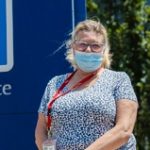
Victoria Gibbins
Along with the return of clinical services, the hospital also welcomed back visitors last summer, with updated guidelines and procedures. Juravinski Hospital and Cancer Centre social worker Victoria Gibbins worked with patients and families during the transition.
“Families have a huge sense of relief when they’re at the bedside,” she says. “they can see for themselves what is happening with their loved one rather than just hearing about it.”
Wear a mask for me
While HHS has required everyone at our sites to wear a mask from the earliest days of the pandemic, when Hamilton city council announced a new bylaw requiring the public to wear masks in indoor public spaces, the hospital was quick to express support.

Kuldeep Sidhu
“Healthcare professionals follow strict precautions, including wearing medical-grade masks, to protect each other and our patients from COVID-19,” says Dr. Kuldeep Sidhu, chief of emergency services at HHS. “By wearing a mask during your hospital visit, you’re helping to protect us, in return.”
The hospital launched a photo campaign to encourage people to protect healthcare workers and vulnerable patients by wearing a mask. Around the same time, child-life workers at McMaster Children’s Hospital (MCH) spearheaded a project for healthcare workers to create buttons showing their full faces to provide the comfort and reassurance a smile can give to their littlest patients.
Caring during COVID
Another initiative that was born during this period from MCH is a series of resource videos for parents and young people.
The healthcare team recognized this was a time of change for many. Families were dealing with constant disruption and stress when schools moved online, exciting summer plans had to change, and many parents were either working from home or in essential services that could potentially put them at risk.
For kids, isolation and processing what a pandemic meant had an impact on their mental health, eating and sleep patterns, and family relationships.
Most videos were originally created when learning was moved online in early 2020, but the 30-plus videos remain relevant today. Topics include mental health, parenting during COVID, healthy habits, and infection prevention and control.
The videos have been viewed more than 15,000 times.
Back to school
As summer rolled on with an anticipated second wave of infection in the fall, a major debate took place in the media, healthcare and education sectors regarding if and how children would go back to school. In partnership with other Ontario hospitals, HHS experts contributed to a back-to-school guidance document with many safety considerations.

Jeff Pernica
“Our goal is to help children return to school,” says Dr. Jeff Pernica, medical director of pediatric infectious disease service at MCH. “While we don’t know how the pandemic will evolve, we do know that keeping schools closed will have a lasting and negative impact on the developmental and mental wellbeing of kids. That’s why we’re pleased to be able to provide evidence-based recommendations to ensure a safe and positive back-to-school season for all kids.”
A team at MCH also contributed to a video series covering back-to-school topics such as infection prevention and control, mental health, and navigating the start of school for children with autism.
In some ways, this was a period of calm before another storm. The summer months allowed some time to learn from the first wave of the virus and stabilize supports and resources that would be needed in upcoming months. It also allowed the community a moment to recharge their batteries and connect with others safely outdoors in the nice weather. But as restrictions eased and children returned to school, a second wave was approaching, fiercer than before.


